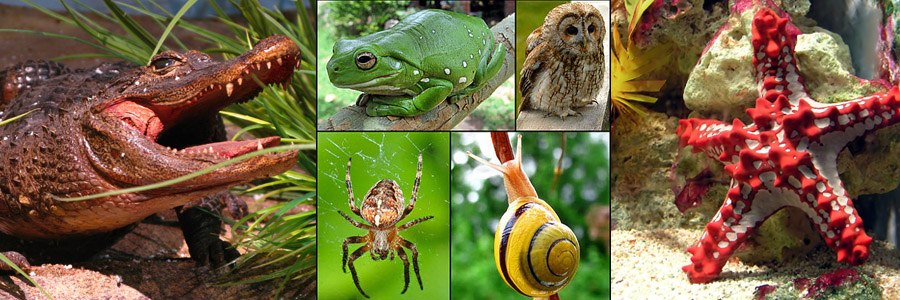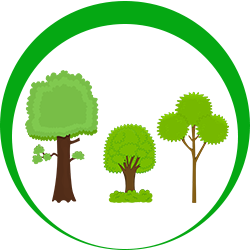The Classification of Living Things

Students will identify methods of classification used for living things by sorting and classifying everyday objects, exploring organisms through a digital scavenger hunt, creation of a graphic organizer, and through collaborative engagement. Students will understand that all organisms are classified based on shared characteristics.
| Duration 90 Minutes |
Setting Classroom |
Grouping Pairs or Fours |
PTI Inquiry 2.5, 3.1, 3.3, 3.4, 3.5, 3.6, 4.2, 5.8, 7.2, 7.3 |
| Lesson Components | Time | Inquiry Skills | Tech. Used | Engage Level | Brief Description |
|---|---|---|---|---|---|
| Engage | 45 min | 2.5, 3.1, 3.3, 3.4, 3.5, 3.6, 4.2, 7.2, 7.3 | none | 23 | Students will use a class group of shoes to begin thinking about classification systems. Students will collaborate in small teams to create their own system of organizing and classifying the shoes. |
| Explore | 20 min | 2.5, 3.1, 3.5, 4.2 | Smart Devices | 3 | Students will work in collaborative groups to scan QR codes and explore different eukaryotic organisms and their characteristics. Students will make observations of the unique characteristics of each organism. |
| Explain | 15 min | 3.3, 3.4, 3.6, 4.2, 7.2, 7.3 | none | 2 | Students will use the information that they have gathered from their research to work collaboratively to create a graphic organizer that organizes their organisms by shared characteristics. |
| Expand | 20 min | 3.3, 3.4, 5.8 | Smart Devices | 3 | Students will use a dichotomous key to identify an organism based on its characteristics. Students will compare their mystery organism to the other organisms that they have learned about to identify which Kingdom their organism belongs to. Students will also reflect on the importance of models as tools in classification. |
| Evaluate | N/A | 7.2 | none | 1 | Graphic Organizers/ Formal Summative Assessment |
| Level of Student Engagement | ||||
|---|---|---|---|---|
| 1 | Low | Listen to lecture, observe the teacher, individual reading, teacher demonstration, teacher-centered instruction | ||
| 2 | Medium | Raise questions, lecture with discussion, record data, make predictions, technology interaction with assistance | ||
| 3 | High | Hands-on activity or inquiry; critique others, draw conclusions, make connections, problem-solve, student-centered | ||
We love your feedback!
Please share your comments (e.g., strengths, areas for improvement, your implementation results if you taught the lesson in your class, and any modifications you made). Thanks!




